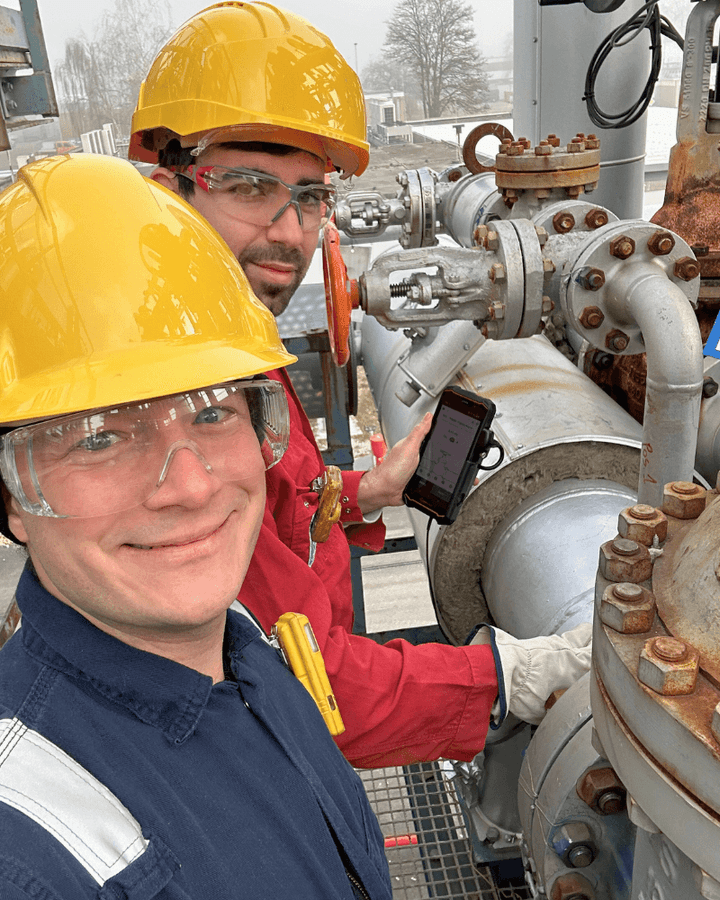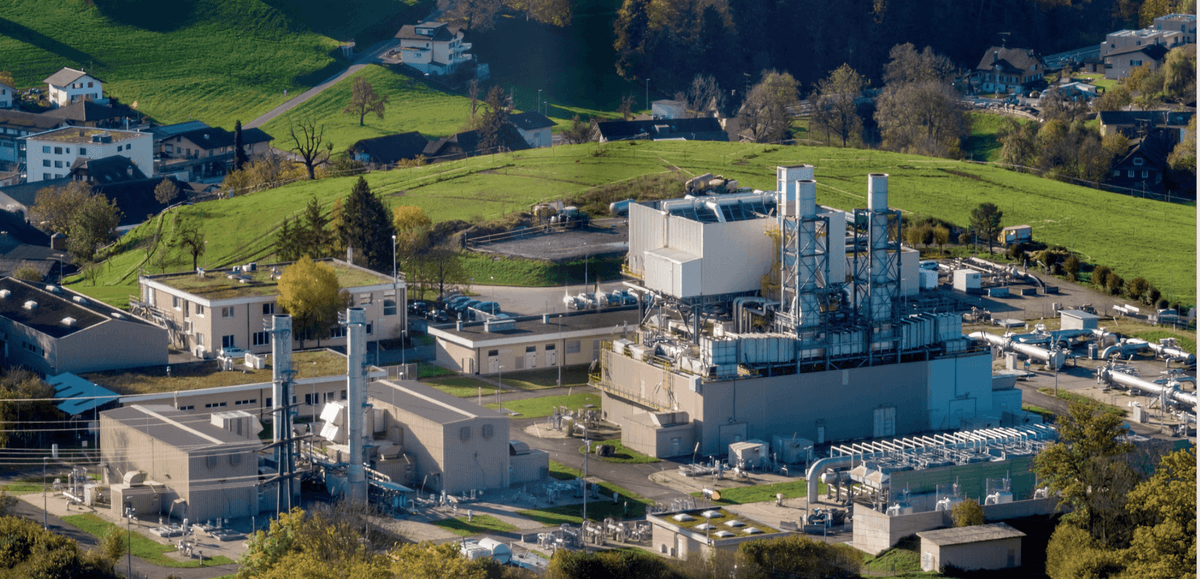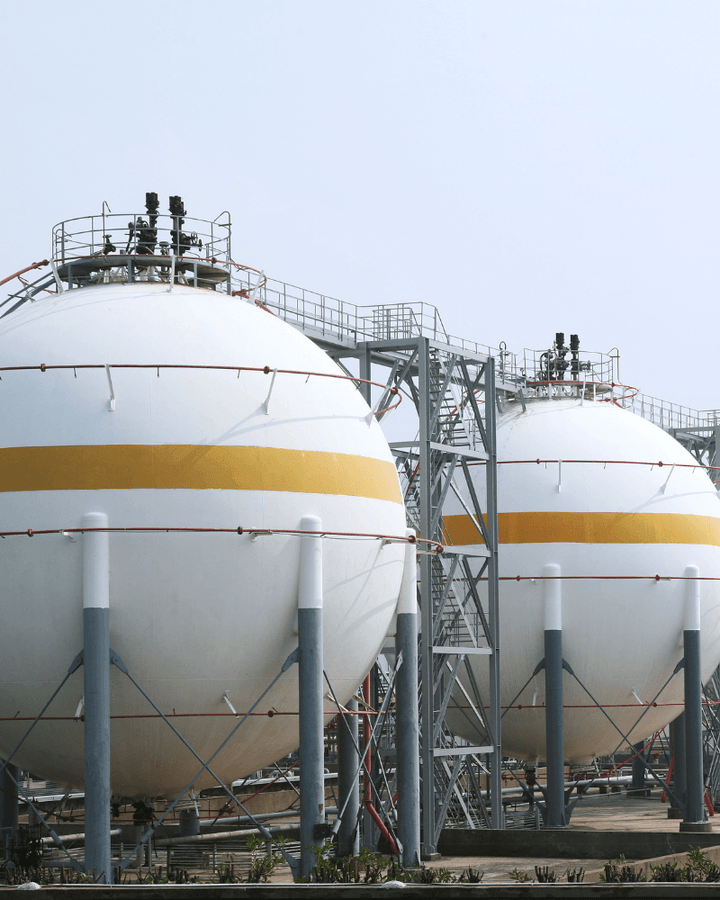How Exolum ensures efficient operations, product quality and environmental sustainability
The Situation
Exolum is a global leader in liquid logistics, managing an extensive network of pipelines, storage terminals and airport fueling systems in 11 countries.
The Challenge
In a wide variety of processes, valves are often critical components for ensuring smooth operation, complying with product specifications, and guaranteeing sustainable operation. Finding internal leaks is often not easy due to the complexity of the systems.
The Result and implications
Download the case study from Exolum to learn more about results and implications for leaking valves in fuel storage operations and hydrant pit systems for airplane fueling







